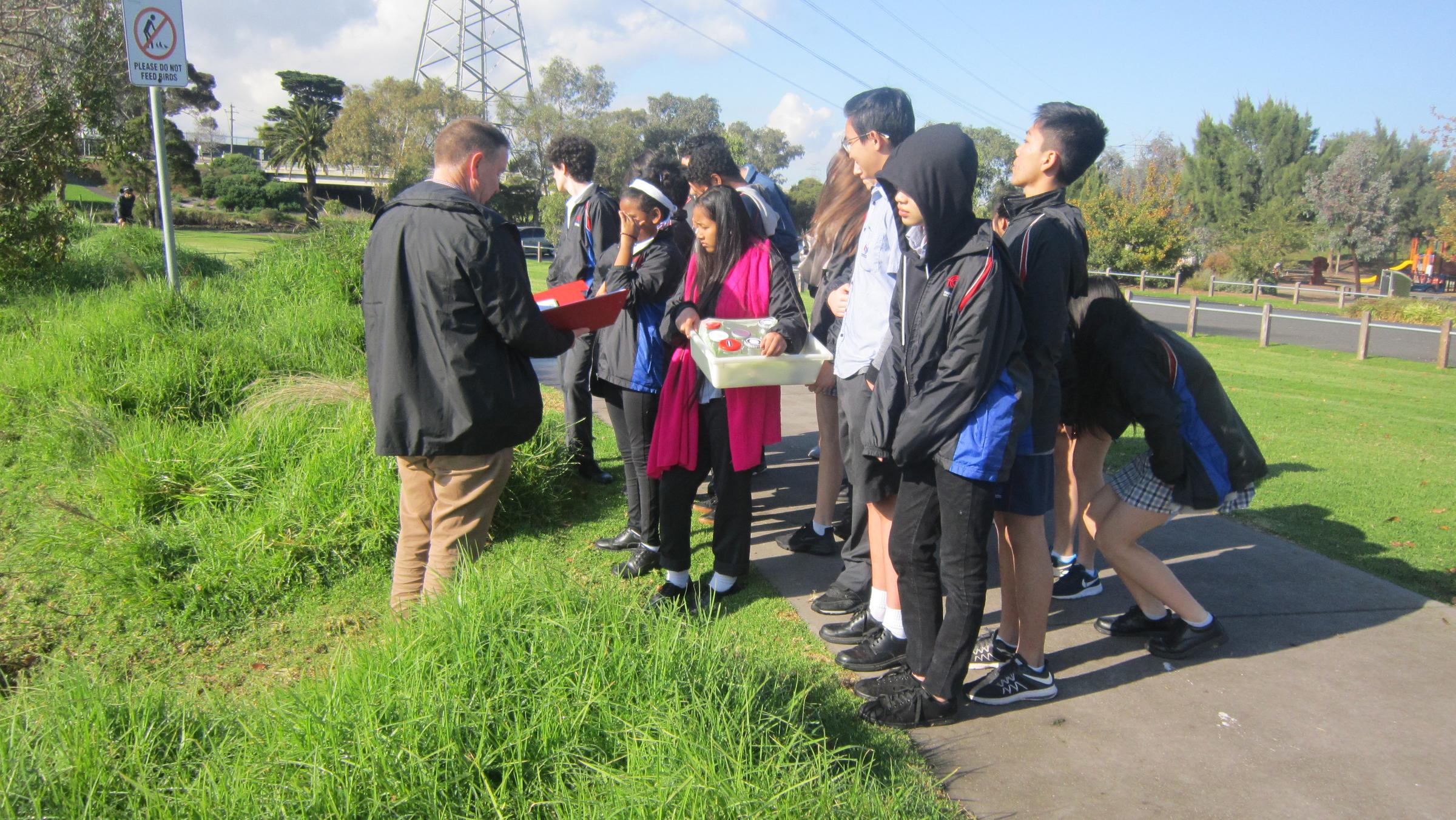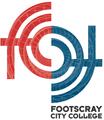9A MARINE ECOSYSTEMS EXCURSION

On Tuesday 5 June, students in 9A took part in a walking excursion to the Edgewater Wetlands via the pond at our school sustainability precinct. While at the wetlands on the Maribyrnong River, the students’ collected plankton for scientific analysis. Two previous lessons were spent making the plankton net out of nylon stockings. Students had to make a prediction about which site - the pond in the sustainability precinct, or the wetland next to the river - will be the most productive in terms of species diversity and density. The equipment used and the method for making the net have been outlined below:
● 1 round, plastic embroidery hoop (18-20 cms in diameter)
● 2m feet of relatively thin, strong wire
● 1 pair of stockings
● 1 large snap swivel (the kind used in fishing)
● 9m of strong nylon cord
● 1 small jar, vial, or test tube
● several strong rubber bands
● scissors
● needle nose pliers
● empty jars with lids for storing samples
● stereo microscope
Method
1. First, make a plankton net to collect samples of phytoplankton.
2. Cut two pieces of wire, each piece about 60cms in length.
Bend the two wires over to form two U-shaped wires and twist together at the top to form a loop
3. Cut one of the legs of the stocking off at the top of the thigh region and cut off the tip of the toe.
4. Attach top of the stocking leg to the embroidery hoop by going over the outside of the larger hoop and tucking the top edge of the "net" into the inside of the hoop and then inserting the smaller inner hoop and lock.
5. Attach the free ends of the wires to the embroidery hoop by passing the wire around the hoop passing through the net and twisting. The wires must be equally spaced around the hoop and the same length from the rim of hoop to the twisted loop at the top.
6. Attach the collecting bottle by inserting into "netting" at the opening in the bottom and securing with several wraps of a strong rubber band.
7. Tie the fishing snap swivel to the nylon cord and connect the snap swivel to the loop.
8. The completed plankton net should look like this:
9. Visit each site and trawl, or drag, the net behind while holding the nylon rope. Walk back and forth several times while collecting the sample. Be sure that the net is submerged but still near the surface of the water.
Students in Y9 are currently studying Oceanography and looking at both freshwater aquatic and marine phytoplankton in the study of primary productivity in the oceans. This excursion gave the students an opportunity to observe these very important microscopic organisms that make up the base of the marine food web. Marine ecosystems depend upon phytoplankton. These very small organisms can make their own food by using energy from the sun to carry out photosynthesis. These phytoplankton provide the primary source of the essential nutrients that cycle through our ocean's many food webs. This is called primary productivity, and it is a very good way of measuring the health and abundance of our fisheries. The day of the excursion was beautiful and sunny and the Y9 students were able to observe and identify many different wetland bird species. Thank you, to Philippa Tandy for joining us and helping out on the day taking photographs.
Michael Hardiker - Science Teacher

